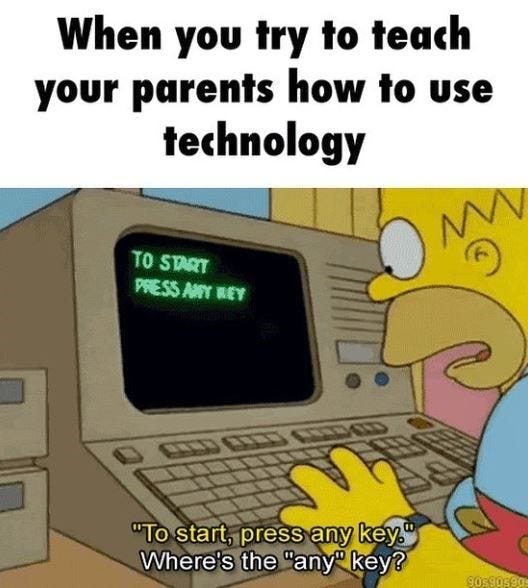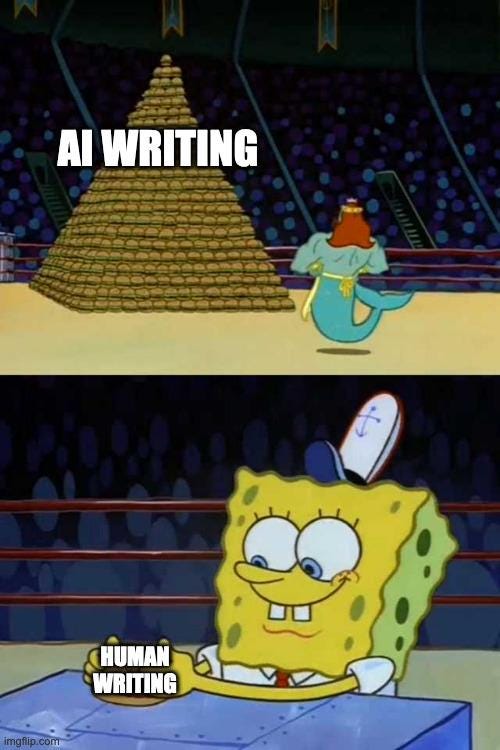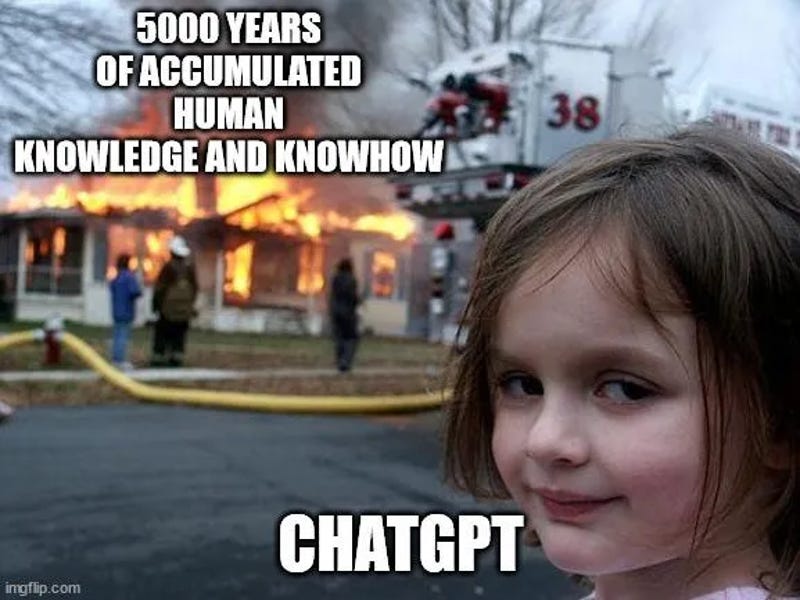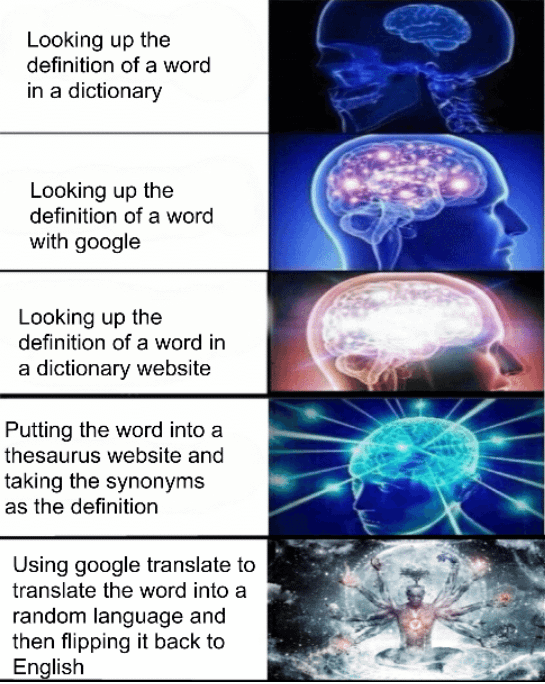Using technology effectively
Using it without being consumed
I’ve talked a lot of trash about AI in language learning, but at the end of the day it is just a tool. It can be used effectively and it can be used in terrible ways. The difference lies in whether or not you allow it to think for you. This is true not just for AI, but for technology as a whole. While I will always believe that manual education is more effective and more efficient, technology can and should be used to enhance and accelerate your second language acquisition.
Building stories
Finding good content to translate is one of the more difficult pieces of the beginning phase of language acquisition. Over time it gets easier, but as technology continues to advance there is a near foolproof way to ensure you always have material with which to work. Using AI to generate you stories that can help you master verb tenses and grow your vocabulary.
Since you have control over the story making in this case, you can ask for stories with vocabulary relative to your level. Though I tend to believe that people should be working above their perceived level, the best part of all of this is that you can take it at a pace that works for you. Every new story you get is an opportunity to translate, but speaking those translations adds the extra layer of tangibility that will make things stick in the long run.
With AI you have to be careful because it does tend to have a very specific way of writing. After you see it is nearly impossible to unsee. This is why I normally suggest staying away from AI as a learning tool. You don’t want to speak like a robot. But so long as you are mixing it up with other resources and tools there is absolutely no reason to not use everything that is at your disposal.
Testing yourself
As you go through the process of integrating AI into your study sessions, start using it to test yourself. If you keep all of the information within the same “conversation” you will be able to ask it questions about your progress as well. Even though I always want people to be writing in physical notebooks, a record of progress is a record of progress be it digital or physical.
Have the AI grade your translations, your sentences, and your conversations and give you feedback. Ask it to provide synonyms and secondary options because you know there are always more than one way to say the same thing. Learn the genders of words and how to keep the accords between nouns and verbs, but remember that in real life those mistakes are common and rarely cause problems.
Take everything it tells you with a grain of salt. For all its utility, AI is still not perfect. There are times when it can and will make mistakes from incorrect grammar to a faulty understanding of current day speech. Entrusting your language acquisition to a robot is a mistake. The way you practice is the way you will play and if you are only ever speaking with a robot you are going to end up sounding like a robot.
Targeted learning
Where AI really shines is within the realm of targeted learning. The ability to distill the most important words of any category and stack them into comprehensible lists primed for attack is incredible. Using AI to do all of the most tedious parts of studying, like creation of vocabulary lists, is perfect. So long as you are not also using it to find out what those words translate to as well.
From an educator’s perspective, targeted language is important, but not something that should overtake all of your study sessions. The simple reason for this is because you never have complete control over a conversation. If someone directs it in a different direction, you will be completely lost if all you did was study targeted vocabulary. However, using it to master verb tenses and sentence structure is incredibly powerful.
Provided you do not box yourself in to a certain level, vocabulary set, or sentence structure, using AI for targeted learning is nearly unparalleled. At this point in time, the only thing more potent would be working one on one with someone who can give you real life situations in real time conversation or jumping feet first into the deep end and speaking to a native speaker. Take all of this to the next level and rewrite everything in your own handwriting.
I would also encourage you to follow threads you see between different words. If you have a hunch that one word or concept is connected, use the AI to dive deeper into the connection. Your brain craves patterns because patterns make everything easier to remember and recall. Every new concept you demystify becomes one that you can use in your own production moving forward.
Conclusion
Technology is both a tool and a weapon. If you use it to expand your capacities rather than replace them, it can be a powerful tool in your arsenal throughout your language acquisition. The unfortunate truth, however, is that most people who are using technology are using it to replace their thinking, not improve it. You have the choice, and I trust that you will make the right one.
There will be days when you do too much and days when you don’t use technology at all. At the end of the day, it’s all about balance. As with all tools, when you use them wrong they will hurt your progress. But when you use them well, they will enhance and accelerate your second language acquisition in ways you cannot imagine. Finding that line and maximizing it is difficult, but you can do difficult things and be great. So get out and do some difficult things and become great. I am rooting for you.
Requests
If you have anything you would like covered you can reach out to me on X, Instagram, or at odin@secondlanguagestrategies.com.
Additional Resources
Don't want to spend time playing catch up? Pick up the 3 Months to Conversational book now available on Amazon! 3 Months to Conversational
For more long form content be sure to check out the website and the FREE Language Learning PDFs we have available!
Subscribe for new content on YouTube and TikTok!
Learning Spanish? We have begun aggregating resources in you Spanish Resource Newsletter!
Don't forget to pick up your very own French Language Logbook or Spanish Language Logbook







